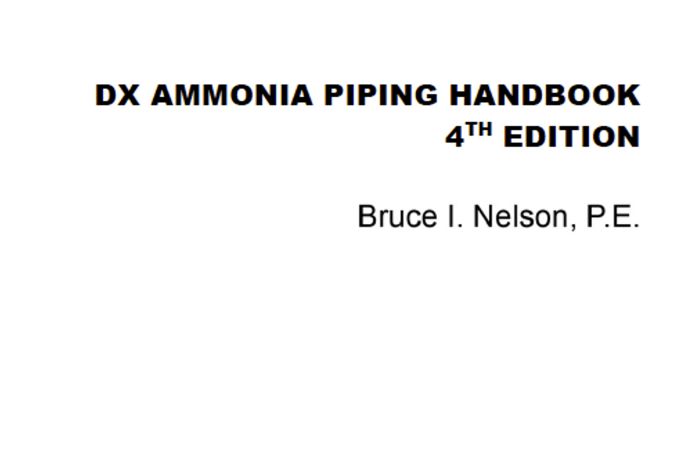Using a standard two stage ammonia refrigeration system to model the impact of evaporative temperature on system efficiency, this study conducted for the British Frozen Food Federation identified energy saving opportunities of 4,800 tonnes CO2 per year in total from 13 food manufacturers and logistic service providers.
The eight key areas of opportunity to improve cold chain efficiency, which can easily be replicated at many sites in the UK, include:
Using a standard two stage ammonia refrigeration system to model the impact of evaporative temperature on system efficiency, this study conducted for the British Frozen Food Federation identified energy saving opportunities of 4,800 tonnes CO2 per year in total from 13 food manufacturers and logistic service providers.
The eight key areas of opportunity to improve cold chain efficiency, which can easily be replicated at many sites in the UK, include:
The eight key areas of opportunity to improve cold chain efficiency, which can easily be replicated at many sites in the UK, include:
- Raising cold store air temperature
- Reducing temperature difference between store and surge drum
- Adjustment of suction pressure to suit conditions
- Avoiding cold store air temperature fluctuations
- Separating blast freezers and cold stores
- Avoiding over-cooling in blast freezers
- Using variable speed evaporator fan control
- Using a flexible and effective defrost system
MORE INFORMATION
Related Knowlegde
By Colmac Coil manufacturing Inc. , published Nov 28, 2016 - 63 pages
By Colmac Coil manufacturing Inc. , published Mar 17, 2016 - 23 pages


